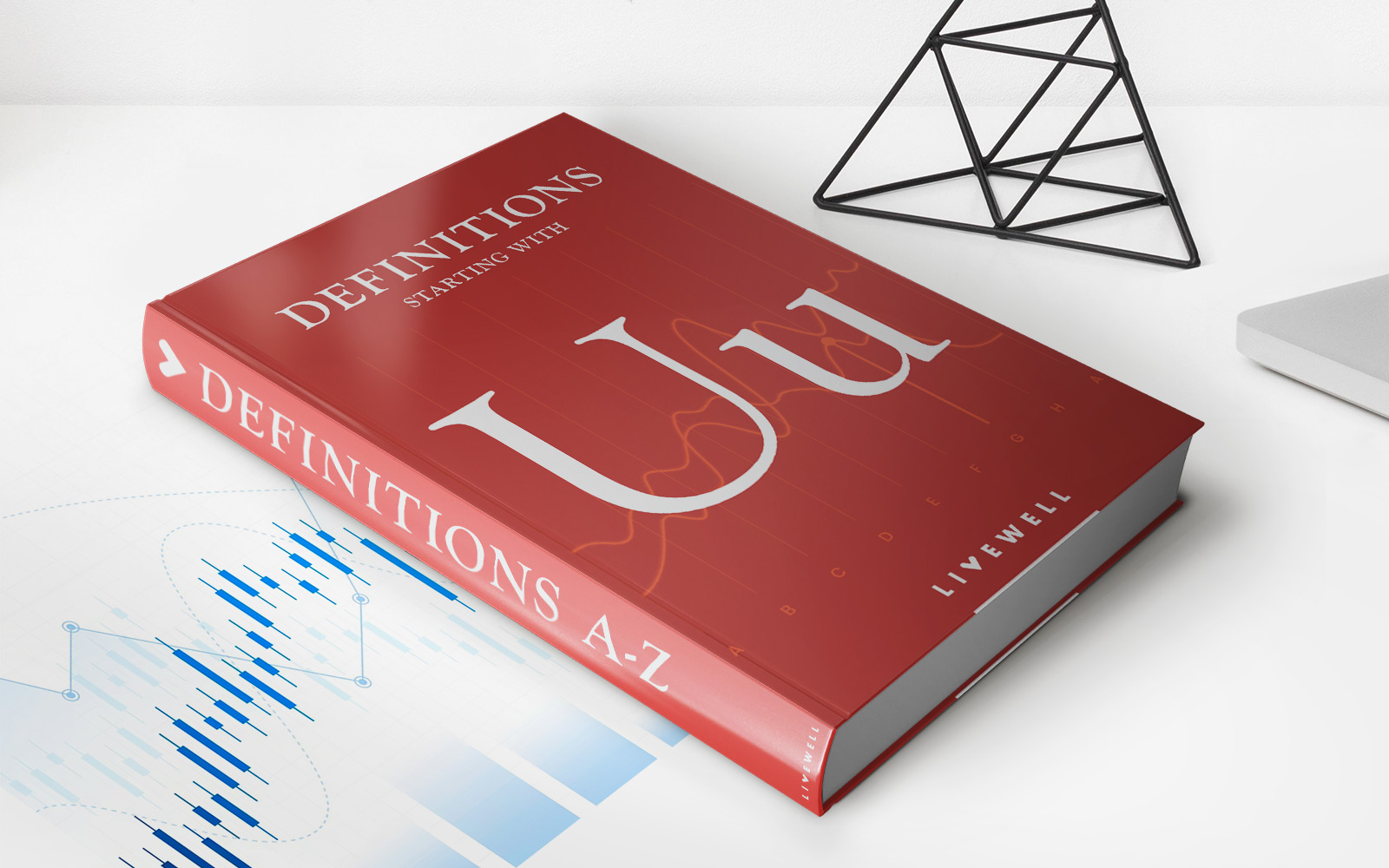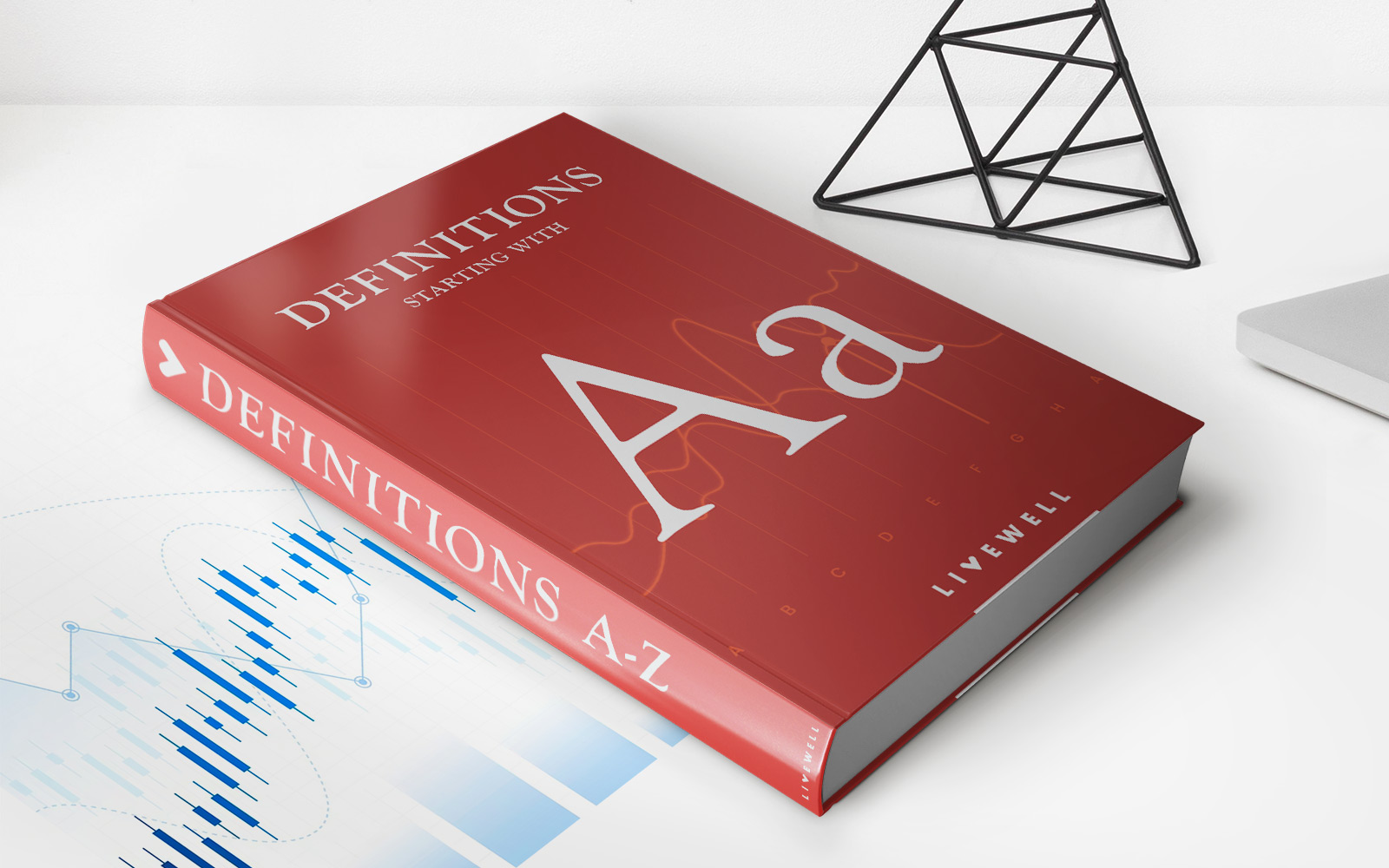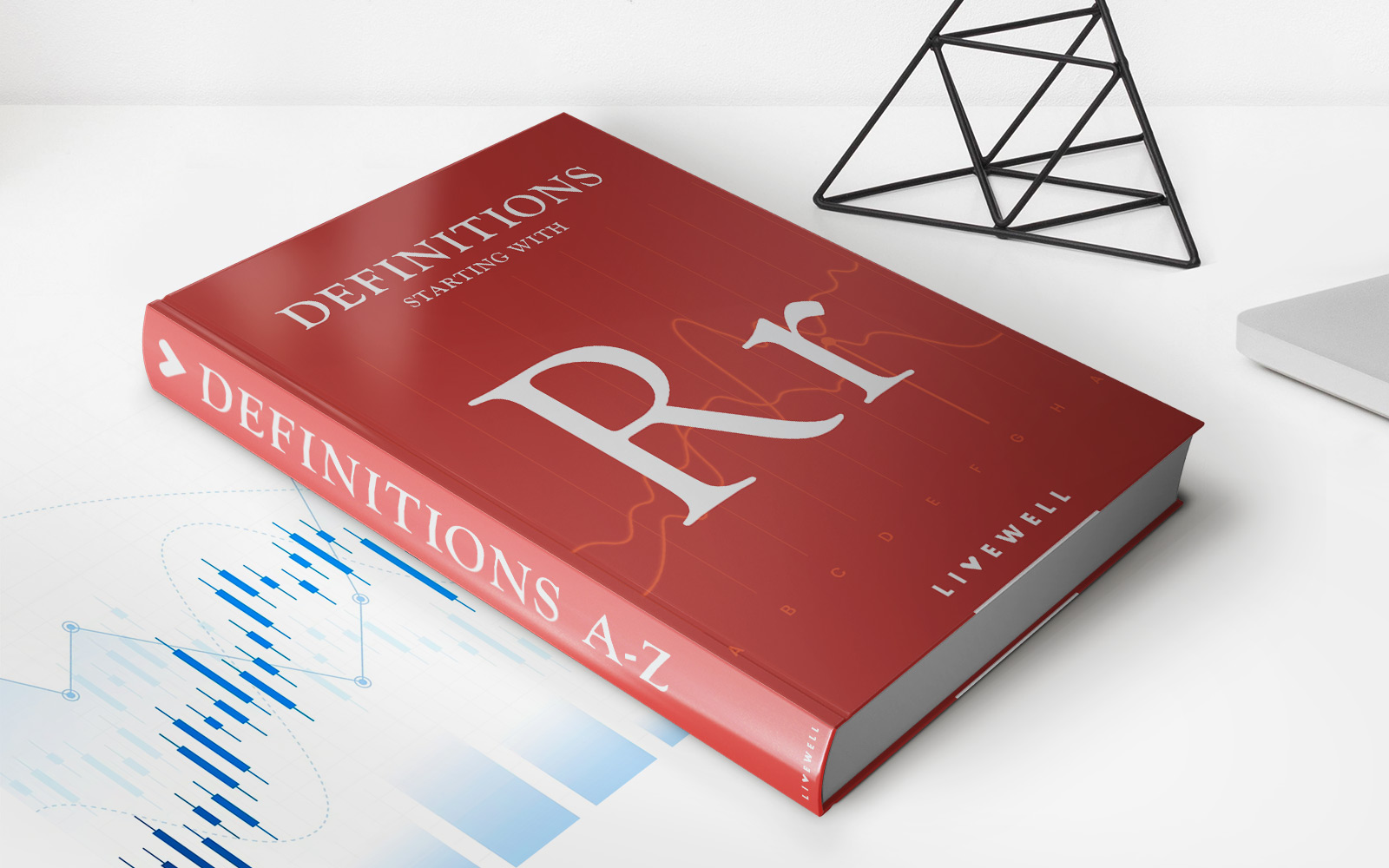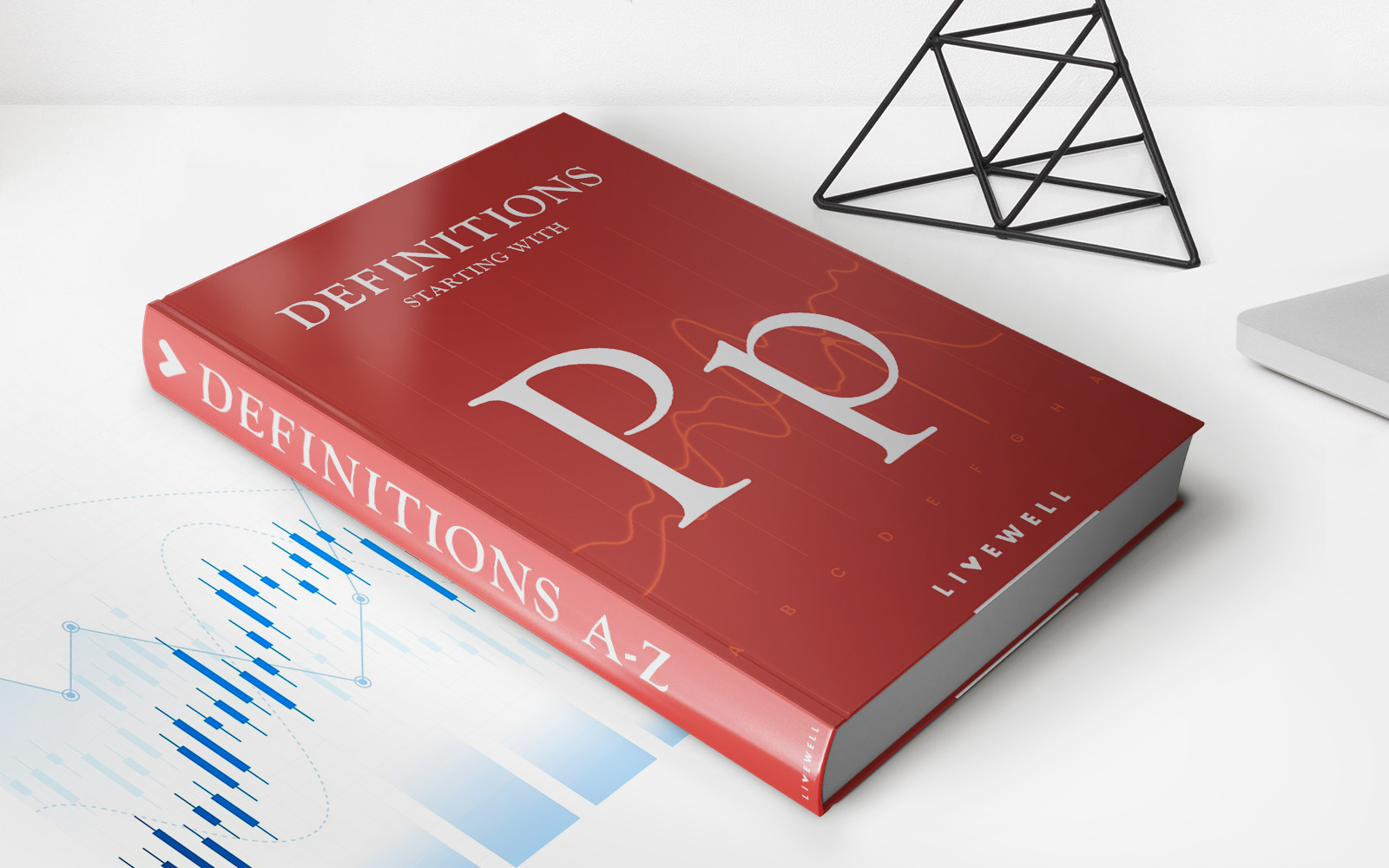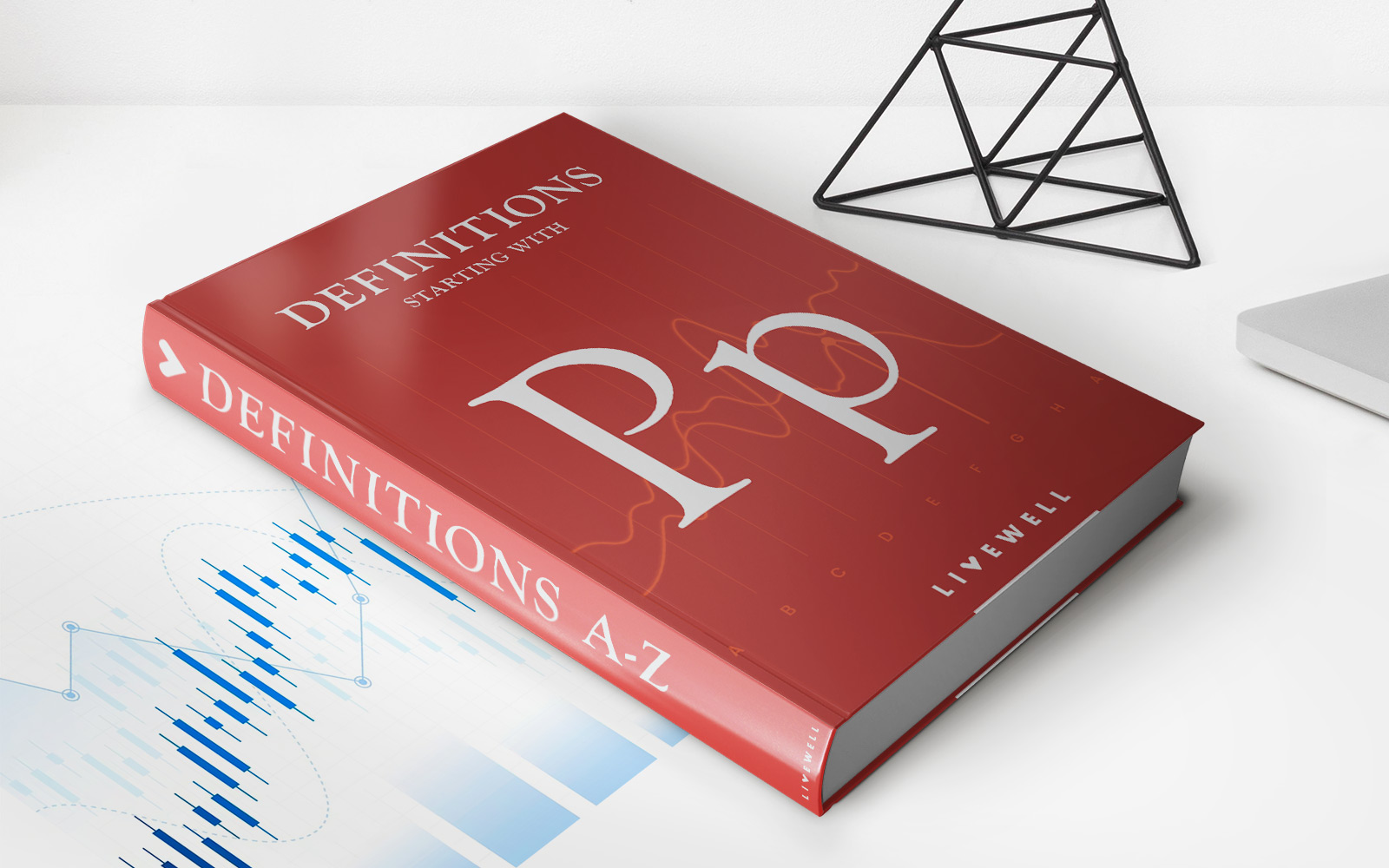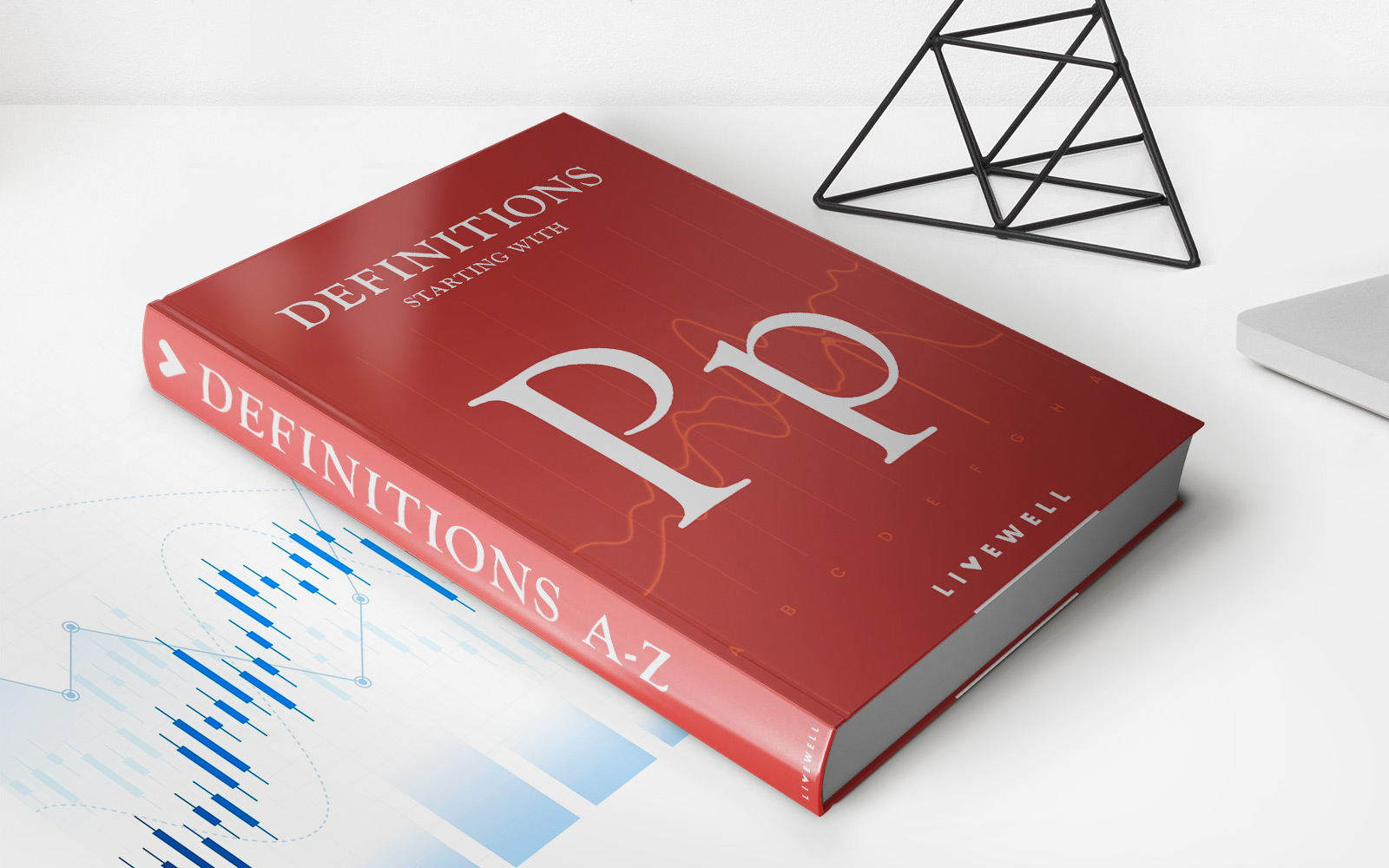

Finance
Parity Bond Definition
Published: January 6, 2024
Learn about the concept of parity bonds and their significance in finance. Understand how these bonds can impact investment strategies and market conditions.
(Many of the links in this article redirect to a specific reviewed product. Your purchase of these products through affiliate links helps to generate commission for LiveWell, at no extra cost. Learn more)
What is a Parity Bond?
When it comes to investing in the financial markets, there are many options available to individuals looking to grow their wealth. One such option is a parity bond, also known as a convertible bond or an exchangeable bond. But what exactly is a parity bond and how does it work? In this article, we will delve into the world of parity bonds and explore their key features, benefits, and potential risks.
Key Takeaways:
- A parity bond is a type of bond that gives the holder the ability to convert it into equity shares of another company instead of receiving cash payments.
- Parity bonds are often issued by companies to raise capital and are generally attractive to investors due to their potential for capital appreciation.
In simple terms, a parity bond is a hybrid financial instrument that combines features of both bonds and stocks. Unlike traditional bonds that pay regular fixed interest payments until maturity, a parity bond provides the bondholder with the option to convert the bond into a predetermined number of equity shares of another company. This feature gives parity bonds a certain degree of flexibility and potential for capital appreciation, as the value of the equity shares received upon conversion may increase over time.
Parity bonds are typically issued by companies that are seeking to raise capital but are hesitant to issue additional common stock due to dilution concerns. By offering parity bonds, companies can attract investors who are interested in the potential upside of equity ownership without fully committing to it.
It is important to note that the terms and conditions of parity bonds can vary significantly from one issuance to another. Factors such as conversion ratio, conversion price, and the timing of conversion may all impact the value and attractiveness of parity bonds. Therefore, it is crucial for investors to carefully analyze the terms of a parity bond before making an investment decision.
While parity bonds can offer potential benefits, they also come with certain risks. The value of the equity shares received upon conversion may fluctuate and could be lower than expected, resulting in a loss for the bondholder. Additionally, the issuing company’s financial health and market conditions can also impact the value of the parity bond. Therefore, it is essential for investors to conduct thorough research and assess their risk tolerance before investing in parity bonds.
In conclusion, a parity bond is a unique financial instrument that combines elements of bonds and stocks. Its convertible feature provides investors with the potential for capital appreciation, making it an attractive option for those seeking growth opportunities. However, it is important to carefully consider the terms and conditions of parity bonds as well as the associated risks before making any investment decisions.
